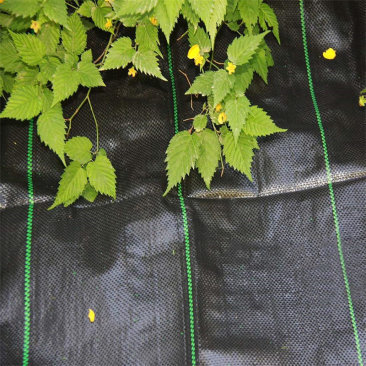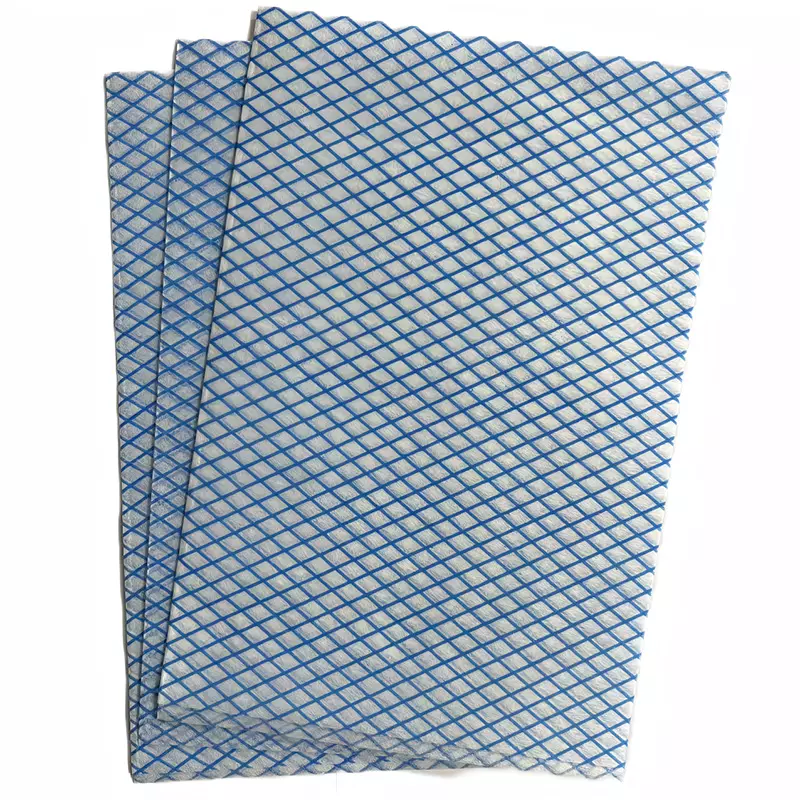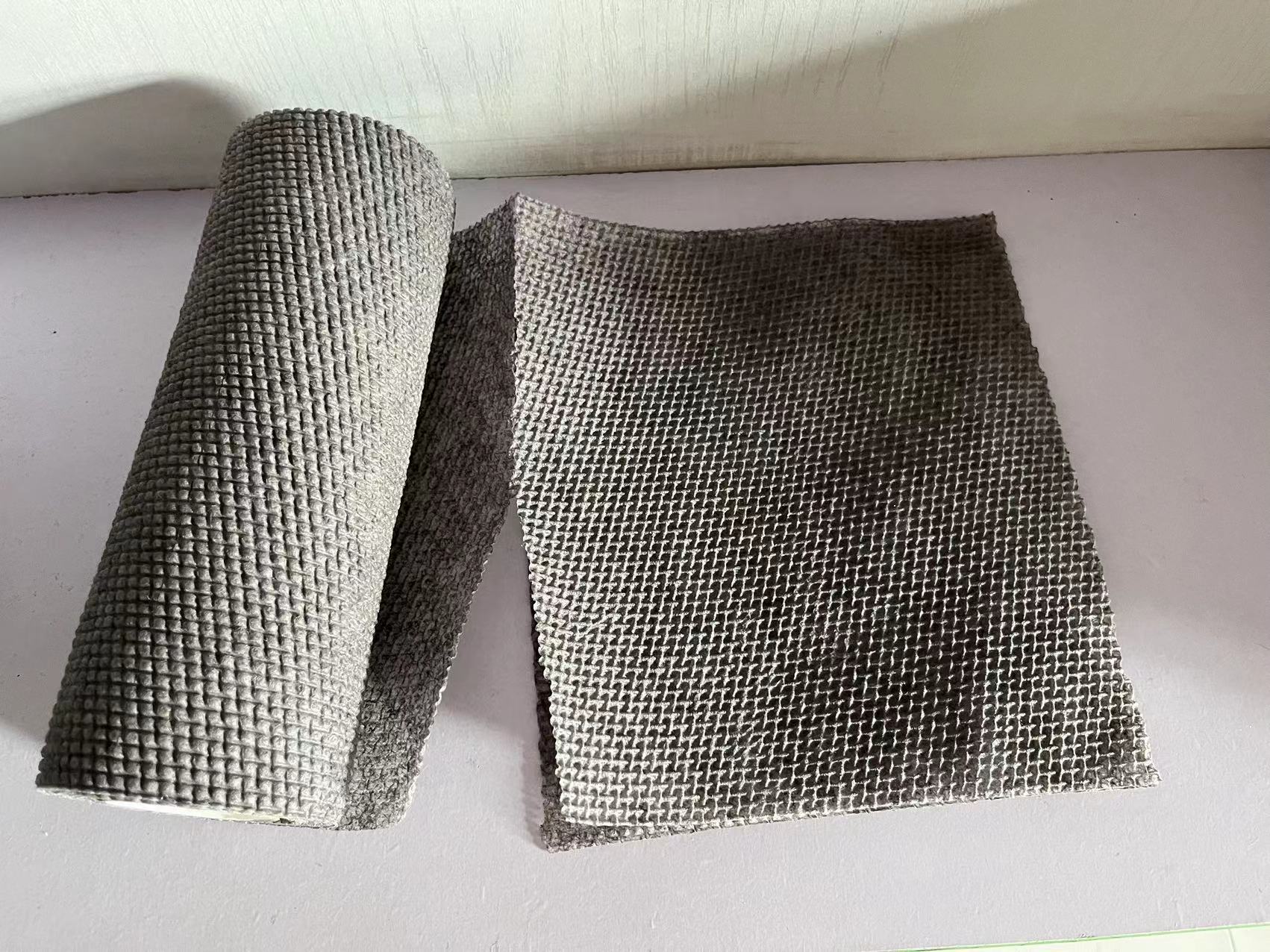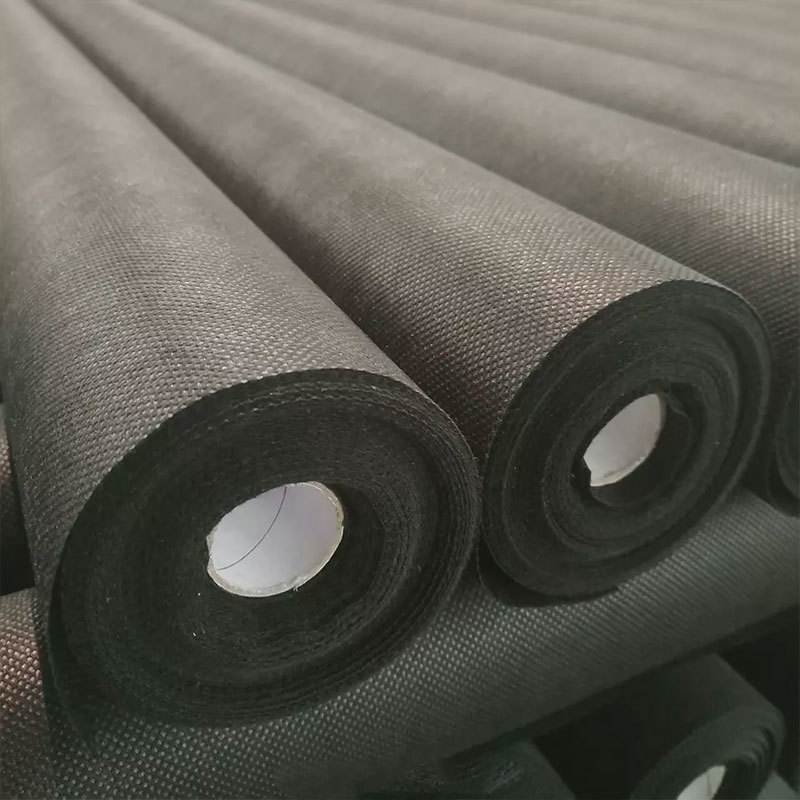25
2025
-
06
The Benefits of Choosing Spunbond Nonwoven Fabric Over Traditional Fabrics
The Benefits of Choosing Spunbond Nonwoven Fabric Over Traditional Fabrics Table of Contents 1. Introduction to Spunbond Nonwoven Fabric 2. What is Spunbond Nonwoven Fabric? 3. How Spunbond Compares to Traditional Fabrics 3.1 Durability 3.2 Cost Efficiency 3.3 Versatility in Applications 3.4 Environmental Imp
The Benefits of Choosing Spunbond Nonwoven Fabric Over Traditional Fabrics
Table of Contents
- 1. Introduction to Spunbond Nonwoven Fabric
- 2. What is Spunbond Nonwoven Fabric?
- 3. How Spunbond Compares to Traditional Fabrics
- 4. Applications of Spunbond Nonwoven Fabric
- 5. Future Trends in Fabric Technology
- 6. FAQs about Spunbond Nonwoven Fabric
- 7. Conclusion
1. Introduction to Spunbond Nonwoven Fabric
In recent years, the textile industry has witnessed a significant shift towards innovative materials that offer enhanced performance and sustainability. Among these, **spunbond nonwoven fabric** stands out as a game-changer. Unlike traditional woven or knitted fabrics, which require complex manufacturing processes, spunbond fabrics are produced through a more straightforward and efficient mechanism, providing unique advantages that cater to modern consumer needs.
2. What is Spunbond Nonwoven Fabric?
**Spunbond nonwoven fabric** is created by bonding continuous filaments of thermoplastic polymers through a process that combines heat and pressure. This results in a lightweight, yet robust material that is suitable for a wide range of applications. The fabric is composed of polypropylene or polyester and is characterized by its **high tensile strength** and **low air permeability**, making it an ideal choice for various industries.
3. How Spunbond Compares to Traditional Fabrics
When evaluating the benefits of spunbond nonwoven fabric, it is crucial to compare it with traditional fabrics. Here are some key aspects where spunbond excels:
3.1 Durability
One of the primary benefits of spunbond nonwoven fabric is its exceptional **durability**. The continuous filaments create a fabric that resists tearing and abrasion far better than traditional woven materials. This durability translates into longer product life cycles, reducing the need for frequent replacements and ultimately saving costs.
3.2 Cost Efficiency
Spunbond nonwoven fabric tends to be more **cost-effective** compared to traditional fabrics. The manufacturing process is simpler and requires less energy and time, allowing for lower production costs. Additionally, its long-lasting nature means that consumers can enjoy significant savings over time, making it a budget-friendly option for businesses and consumers alike.
3.3 Versatility in Applications
Spunbond nonwoven fabric is remarkably **versatile**. Its applications range from medical supplies, such as surgical gowns and masks, to agricultural covers and geotextiles. The fabric's ability to be tailored for specific uses, such as varying thicknesses and colors, makes it an attractive option for diverse industries seeking customized solutions.
3.4 Environmental Impact
One of the most compelling reasons to choose spunbond nonwoven fabric is its **environmental impact**. The production process generates less waste compared to traditional textiles, and the materials used are often recyclable. Moreover, many manufacturers are moving towards sustainable practices, using biodegradable polymers, which further enhances the eco-friendliness of spunbond fabrics.
4. Applications of Spunbond Nonwoven Fabric
The applications for spunbond nonwoven fabric are extensive, and its usefulness extends across various industries:
- **Medical Industry:** Spunbond nonwoven fabric is extensively used in the production of personal protective equipment (PPE), including surgical masks and gowns. Its barrier properties protect against contaminants while allowing breathability.
- **Agriculture:** In agriculture, spunbond fabrics serve as protective covers for crops, helping to regulate temperature and moisture while preventing pests from damaging the plants.
- **Automotive:** The automotive industry utilizes spunbond nonwoven fabric for interior components, insulation, and soundproofing due to its durability and lightweight nature.
- **Home Textiles:** Home textiles, such as curtains and upholstery, benefit from the soft texture and customizable options of spunbond nonwoven fabrics, making them suitable for aesthetic applications.
- **Geotextiles:** Spunbond fabrics are also employed in civil engineering as geotextiles, providing stability and drainage in construction projects.
5. Future Trends in Fabric Technology
As the demand for sustainable and efficient materials continues to rise, the future of spunbond nonwoven fabric looks promising. Innovations in technology are leading to the development of even more advanced spunbond fabrics that are not only stronger but also incorporate features such as antimicrobial properties and enhanced aesthetics. These advancements may pave the way for new applications, particularly in fields that prioritize health and safety.
6. FAQs about Spunbond Nonwoven Fabric
What are the main benefits of spunbond nonwoven fabric?
Spunbond nonwoven fabric offers durability, cost efficiency, versatility, and a lower environmental impact compared to traditional fabrics.
Is spunbond fabric suitable for medical applications?
Yes, spunbond fabric is widely used in the medical industry for producing PPE, such as surgical gowns and masks, due to its protective qualities.
Can spunbond nonwoven fabric be recycled?
Many spunbond nonwoven fabrics are made from recyclable materials, and efforts are being made to enhance the recyclability of these fabrics in manufacturing processes.
What industries use spunbond nonwoven fabric?
Spunbond nonwoven fabric is utilized in various industries, including healthcare, agriculture, automotive, home textiles, and civil engineering.
Are there any downsides to using spunbond nonwoven fabric?
While spunbond fabrics have many advantages, they may not provide the same soft texture as some traditional fabrics, which could be a consideration for specific applications.
7. Conclusion
Choosing spunbond nonwoven fabric over traditional fabrics presents numerous advantages that cater to the evolving needs of consumers and industries. From its unparalleled durability and cost efficiency to its versatility in applications and positive environmental impact, spunbond fabric offers a compelling alternative for various uses. As advancements in technology continue to enhance its properties, spunbond nonwoven fabric is set to play a pivotal role in the future of the textile industry. Embracing this innovative material not only benefits businesses and consumers but also contributes to a more sustainable future.
spunbond nonwoven fabric












